A weekly darts league handicap is a system used to level the playing field in darts leagues, ensuring that players of all skill levels can compete fairly and enjoyably. This article will delve into the mechanics of handicapping, explore different methods, and provide practical advice on implementing a successful handicap system in your own darts league.
⚠️ Still Using Pen & Paper (Of een schoolbord)?! ⚠️
Stap in de toekomst! De Dart Teller -app behandelt alle scoren, stelt kassa voor, en volgt uw statistieken automatisch. It's easier than you think!
Probeer de Smart Dart Teller -app gratis!Klaar voor een upgrade? Klik hierboven!
Understanding the Core of a Weekly Darts League Handicap
The primary goal of a weekly darts league handicap is to create a more equitable competition. Without a handicap, more skilled players will consistently dominate, potentially discouraging less experienced players from participating. A well-designed handicap system aims to give all players a reasonable chance of winning, fostering a more engaging and social atmosphere within the league.
There are several benefits to incorporating a handicap system in your weekly darts league:
- Increased Participation: Less experienced players are more likely to join and stay involved.
- Improved Morale: Players feel they have a fair chance, leading to better sportsmanship and a more positive environment.
- Closer Matches: Handicaps create more competitive and exciting games, making the league more enjoyable for everyone.
- Skill Development: Newer players are motivated to improve as they see their handicap adjusted based on their performance.
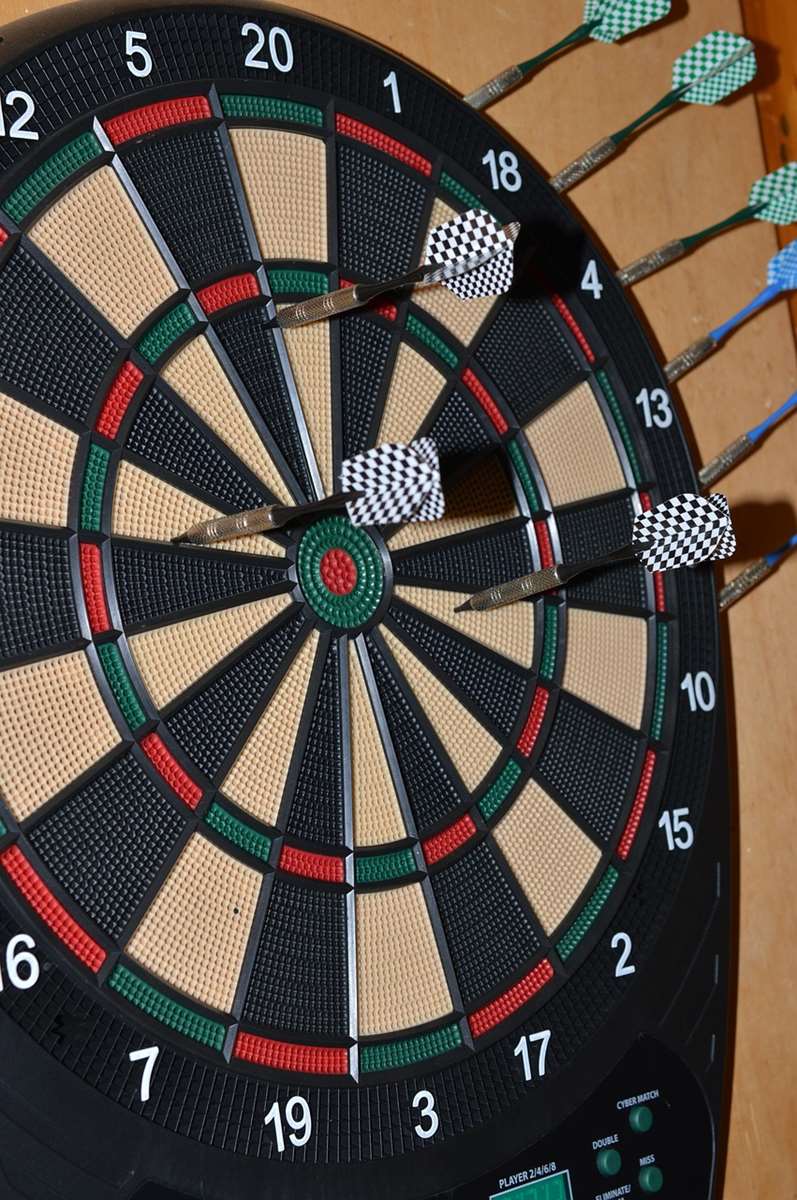
Common Methods for Calculating Handicaps
Several methods can be used to determine a player’s handicap. Here are some of the most popular:
- Average-Based Handicap: This is a widely used method. A player’s handicap is calculated based on their average score per dart or per leg over a set number of weeks. Bijvoorbeeld, a player consistently scoring around 60 points per three darts might receive a larger handicap than someone averaging 45.
- Win/Loss-Based Handicap: This system adjusts handicaps based on the number of wins and losses a player has accumulated. Winning more games leads to a reduced handicap, while losing more games increases it. This system is simpler to implement but can be less accurate than average-based systems.
- Performance-Based Handicap: This method considers various performance metrics, such as the number of 180s thrown, checkout percentages, and averages. It offers a more granular and potentially more accurate handicap.
- Combination Handicap: A combination approach can blend different methods to create a more balanced system. Bijvoorbeeld, a league might use an average-based handicap with adjustments based on win/loss records.
Consider the **skill level** of your league’s members when choosing a method. Simpler methods are often best for leagues with a wide range of abilities, while more complex systems may be appropriate for leagues with a higher overall skill level.
If you are completely new to the game you might want to brush up on Basic Darts Fundamentals for Beginners.
Implementing a Weekly Darts League Handicap: Een stapsgewijze handleiding
Successfully implementing a weekly darts league handicap requires careful planning and consistent execution. Here’s a step-by-step guide:
- Choose a Handicap Method: Select the method that best suits your league’s size, skill level, and administrative capabilities. An average-based system is a good starting point for many leagues.
- Establish a Baseline: Determine a starting point for handicaps. You can either start everyone at zero or estimate initial handicaps based on player skill levels. Consider using a few “oefening” weeks to gather data before officially implementing the handicap system.
- Collect Data: Accurately record scores and relevant statistics for each match. This data is crucial for calculating and adjusting handicaps.
- Calculate Handicaps: Use your chosen method to calculate handicaps based on the collected data. Ensure the calculations are transparent and easily understandable.
- Apply Handicaps: Clearly communicate how handicaps will be applied during matches. Bijvoorbeeld, a player with a handicap of +10 might start each leg with a 10-point advantage.
- Regularly Review and Adjust: Handicaps should be reviewed and adjusted regularly (Bijv., weekly or bi-weekly) based on player performance. This ensures that the system remains fair and competitive.
- Communicate Effectively: Keep players informed about their handicaps and the rationale behind the adjustments. Transparency is key to maintaining trust and buy-in.
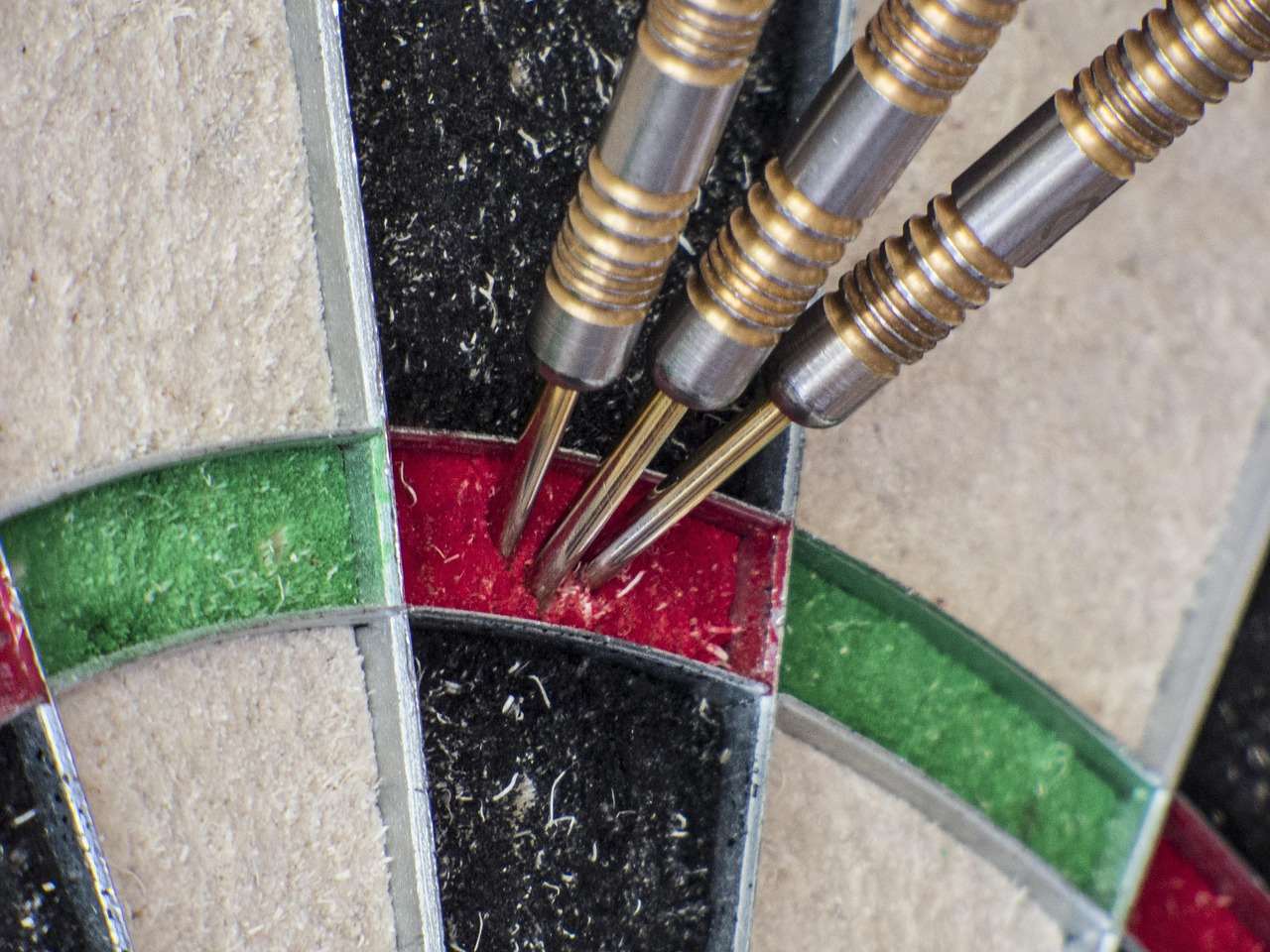
Example of an Average-Based Handicap Calculation
Let’s illustrate an average-based handicap with an example. Assume a league uses a 3-dart average to determine handicaps. After three weeks of play, here’s the data for two players:
- Player A: Averages of 45, 50, En 48. Average = (45+50+48)/3 = 47.67
- Player B: Averages of 60, 65, En 62. Average = (60+65+62)/3 = 62.33
To calculate the handicap, we need a reference point. Let’s say the league aims for an average score of 55. We can then calculate the handicap as follows:
- Player A Handicap: 55 – 47.67 = +7.33 (Rounded to +7)
- Player B Handicap: 55 – 62.33 = -7.33 (Rounded to -7)
This means Player A would receive a 7-point advantage at the start of each leg, while Player B would start with 7 points less.
Fine-Tuning Your Weekly Darts League Handicap System
Once you’ve implemented a weekly darts league handicap system, you’ll likely need to fine-tune it over time to ensure its effectiveness. Here are some factors to consider:
- Handicap Range: Ensure the handicap range is appropriate for the skill level of your players. If handicaps are too small, they won’t have a significant impact. If they are too large, they can create unfair advantages.
- Adjustment Frequency: Adjust handicaps frequently enough to reflect changes in player performance, but not so often that it becomes disruptive. Weekly or bi-weekly adjustments are generally suitable.
- Maximum Handicap: Consider setting a maximum handicap to prevent extreme disparities. This can help maintain competitiveness and prevent discouragement.
- “Sandbagging”: Be vigilant for players intentionally underperforming to artificially inflate their handicap. Implement measures to discourage this behavior, such as reviewing abnormally low scores or penalizing significant drops in performance.
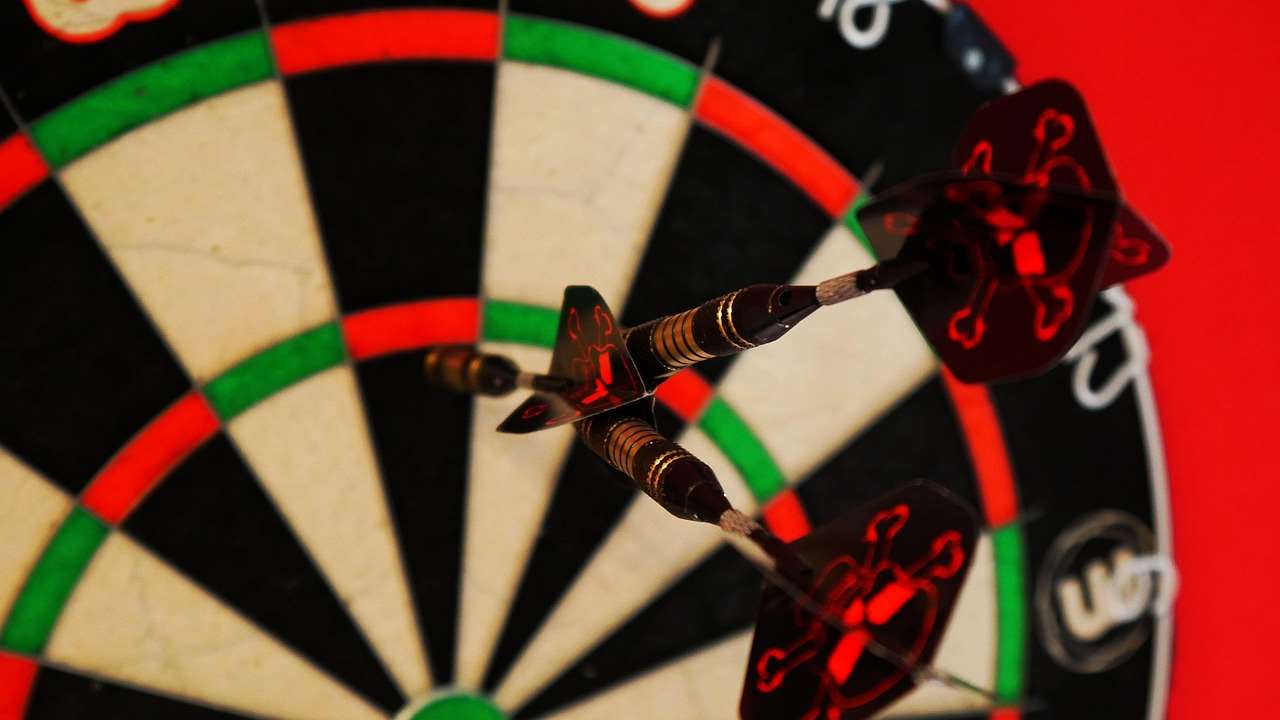
Addressing Common Challenges with Handicaps
Even the best-designed handicap systems can face challenges. Here are some common issues and potential solutions:
- Player Resistance: Some players may resist the idea of handicaps, feeling it’s unfair or unnecessary. Communicate the benefits of the system clearly and address concerns constructively. Emphasize that the goal is to create a more enjoyable and competitive league for everyone.
- Complexity: Complex handicap systems can be difficult to understand and administer. Opt for a simpler system if your league lacks the resources or expertise to manage a more complex one.
- Inaccurate Data: Inaccurate data collection can lead to flawed handicap calculations. Ensure that scores are recorded accurately and consistently. Consider using a dedicated scoring system or app to minimize errors.
- Stagnant Handicaps: Sometimes, handicaps don’t seem to change despite player performance. Check your calculation formulas and ensure that the system is responsive to changes in average scores or win/loss ratios.
Remember to actively solicit feedback from your league members regarding the weekly darts league handicap system. Their insights can be invaluable in identifying areas for improvement and ensuring that the system meets their needs.
Related Considerations: Dart League Rules and Etiquette
Terwijl de weekly darts league handicap is a critical component of fairness, it’s essential to have clear and well-defined rules and etiquette guidelines in place. These contribute to a positive and respectful environment for all players.
Ensure that all players are familiar with the official darts rules, including regulations regarding dartboard setup, throwing distance, and scoring. Aanvullend, establish clear guidelines for:
- Match Format: Specify the number of legs or games played in each match.
- Starting Order: Determine how the starting player is decided (Bijv., coin toss, random draw).
- Scoring Disputes: Establish a process for resolving scoring disputes fairly and efficiently.
- No-Throw Situations: Define what constitutes a no-throw and how it is handled.
Beyond the formal rules, promoting good sportsmanship and respectful behavior is crucial. Encourage players to be courteous to their opponents, avoid distractions during throws, and refrain from excessive celebration. A positive and supportive atmosphere enhances the overall experience for everyone involved.
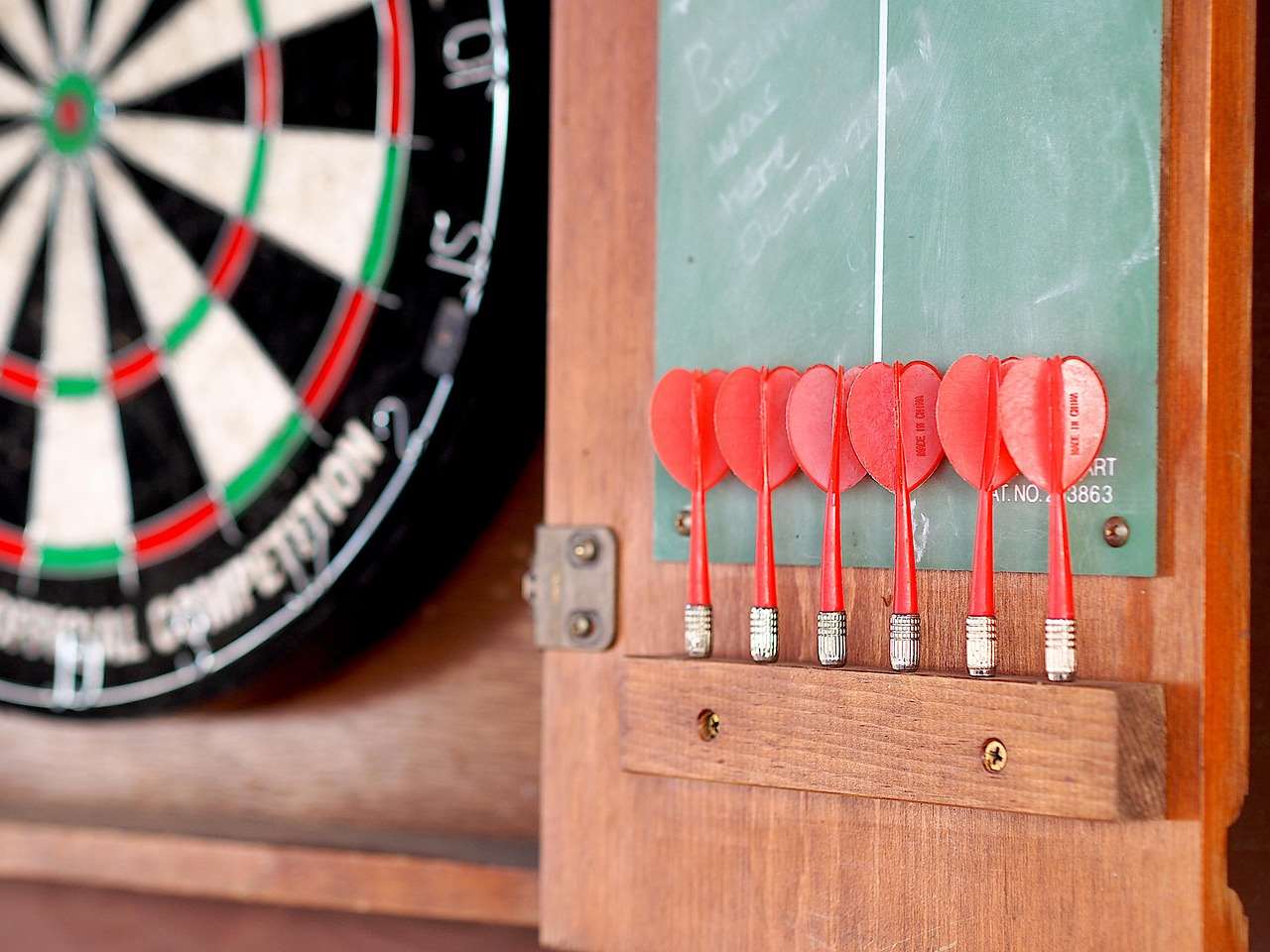
Alternative dart rules for home play
Consider setting up alternative rules if your weekly dart league has to be played in the home or garden setting. Here are a few useful tips you should consider.
Be sure to check out Alternatieve Darts -regels voor thuisspel.
Promoting Fairness and Inclusivity in Your Darts League
Uiteindelijk, a successful weekly darts league handicap system contributes to a more inclusive and enjoyable experience for all participants. By leveling the playing field, it encourages players of all skill levels to compete, improve, and socialize.
Beyond the technical aspects of handicap calculation and adjustment, consider the broader aspects of fairness and inclusivity. Create a welcoming environment for new players, provide opportunities for skill development, and foster a culture of respect and support. This will help ensure that your darts league thrives for years to come.
Consider Hoe Darts eerlijker te maken met handicapregels in case you need to brush up on the basics.
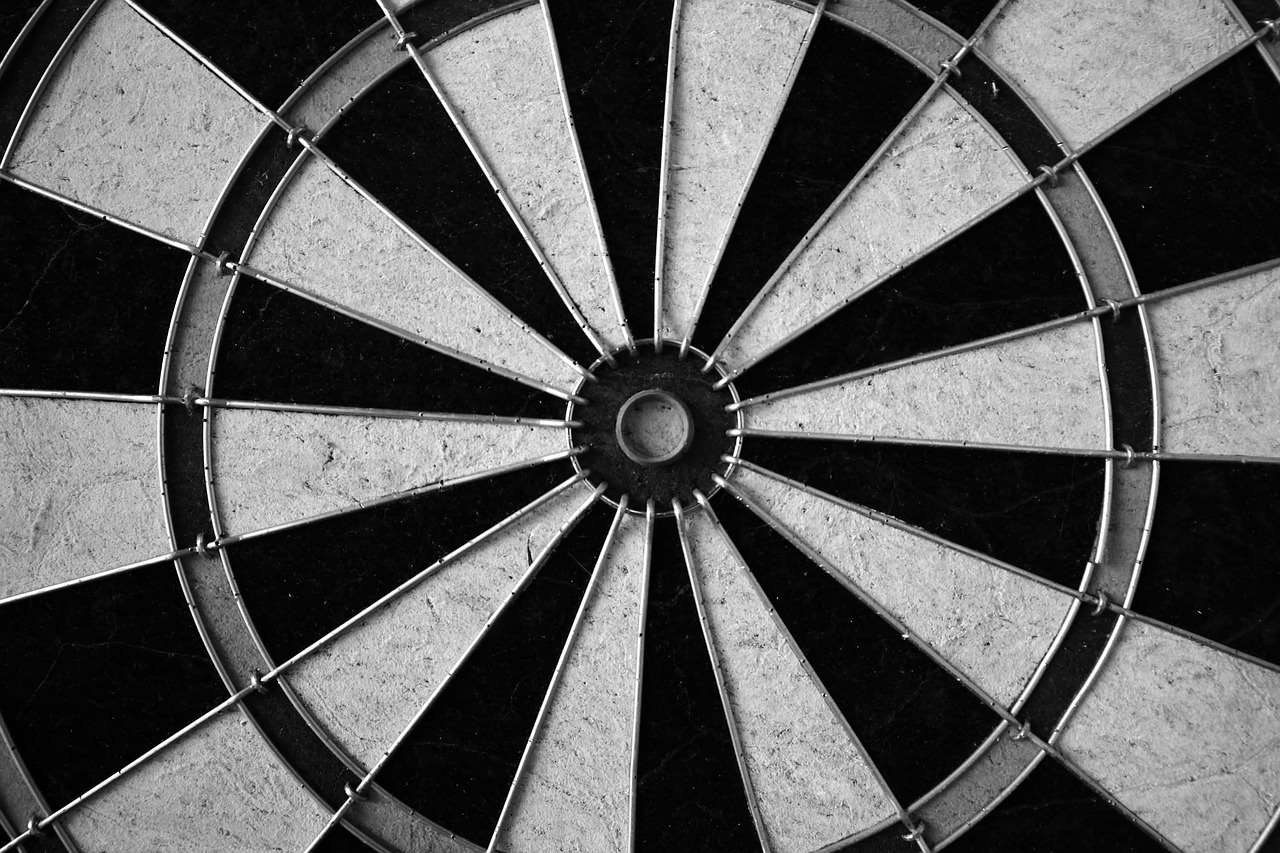
Conclusie
Implementing a weekly darts league handicap is a worthwhile endeavor that can significantly enhance the competitiveness and enjoyment of your league. By carefully selecting a handicap method, collecting accurate data, and regularly reviewing and adjusting handicaps, you can create a system that promotes fairness and inclusivity.
Remember to address common challenges proactively and foster a positive and respectful environment for all players. With a well-designed and effectively managed handicap system, your darts league will become a vibrant and engaging community for dart enthusiasts of all skill levels.
Take the next step! Evaluate your current darts league setup and consider implementing or refining your weekly darts league handicap system. Start today and create a more competitive and enjoyable experience for everyone. Consult online resources, talk to other league organizers, and tailor your system to meet the specific needs of your players.
Hoi, Ik ben Dieter, En ik heb Dartcounter gemaakt (Dartcounterapp.com). Mijn motivatie was geen darts -expert - helemaal tegenovergestelde! Toen ik voor het eerst begon te spelen, Ik hield van het spel, maar vond het moeilijk en afleidend om nauwkeurige scores te houden en statistieken te volgen.
Ik dacht dat ik niet de enige kon zijn die hiermee worstelde. Dus, Ik besloot om een oplossing te bouwen: een eenvoudig te gebruiken applicatie die iedereen, Ongeacht hun ervaringsniveau, zou kunnen gebruiken om moeiteloos te scoren.
Mijn doel voor Dartcounter was eenvoudig: Laat de app de nummers afhandelen - het scoren, de gemiddelden, de statistieken, Zelfs checkout suggesties - zodat spelers puur kunnen richten op hun worp en genieten van het spel. Het begon als een manier om het probleem van mijn eigen beginners op te lossen, En ik ben heel blij dat het is uitgegroeid tot een nuttig hulpmiddel voor de bredere darts -community.